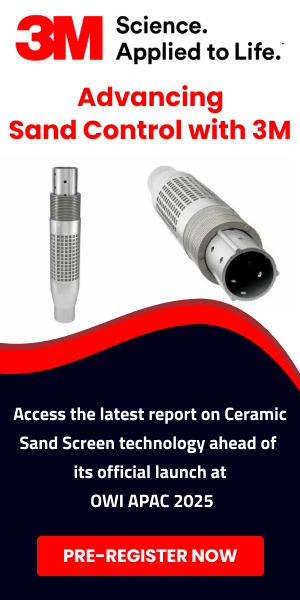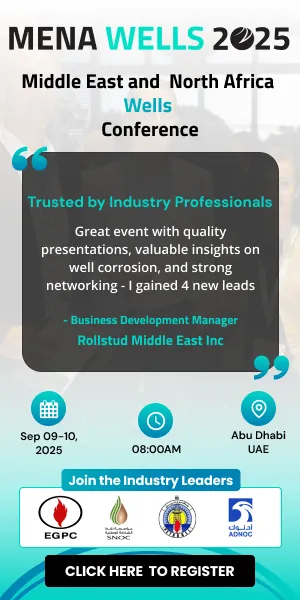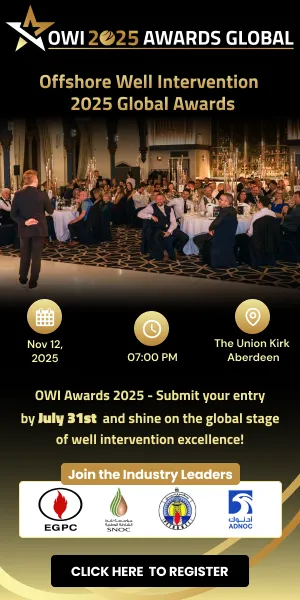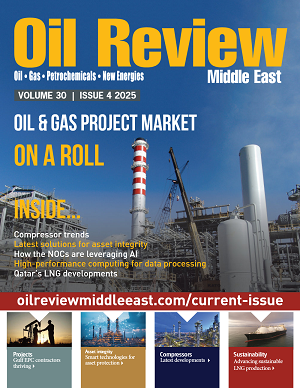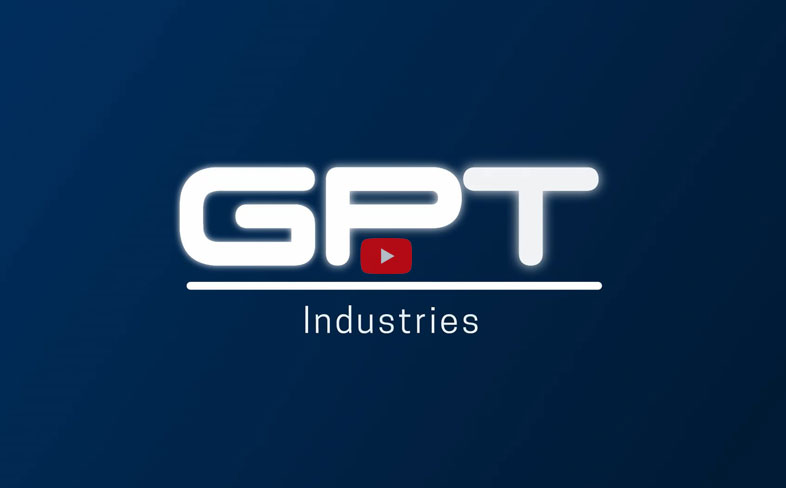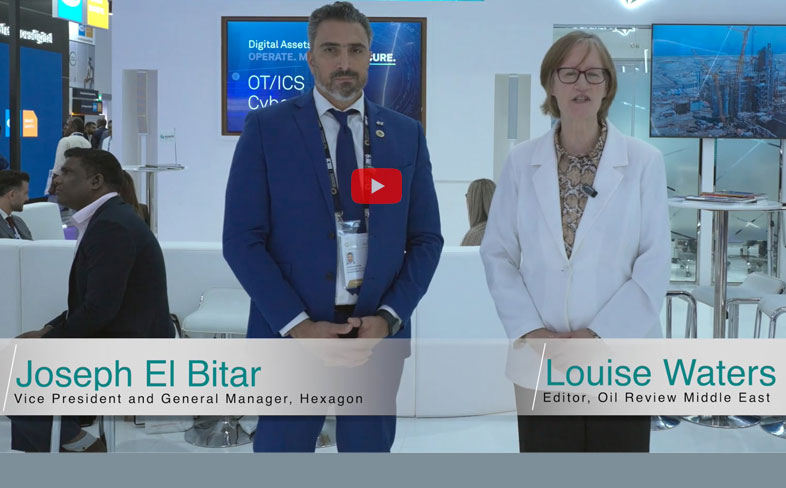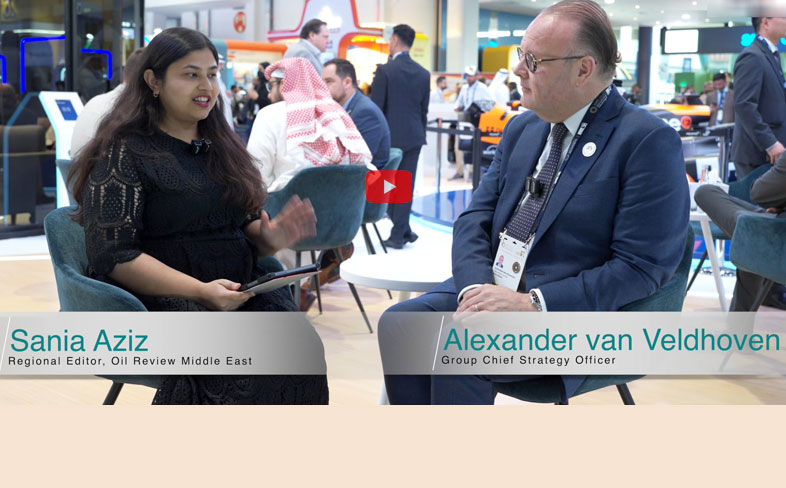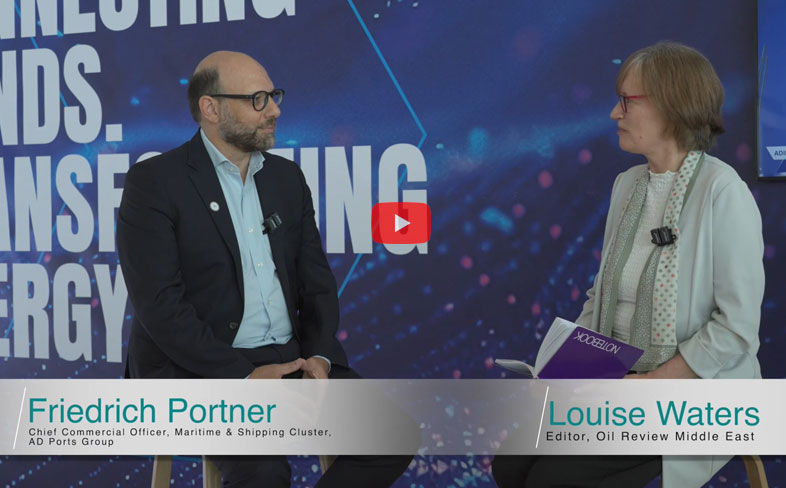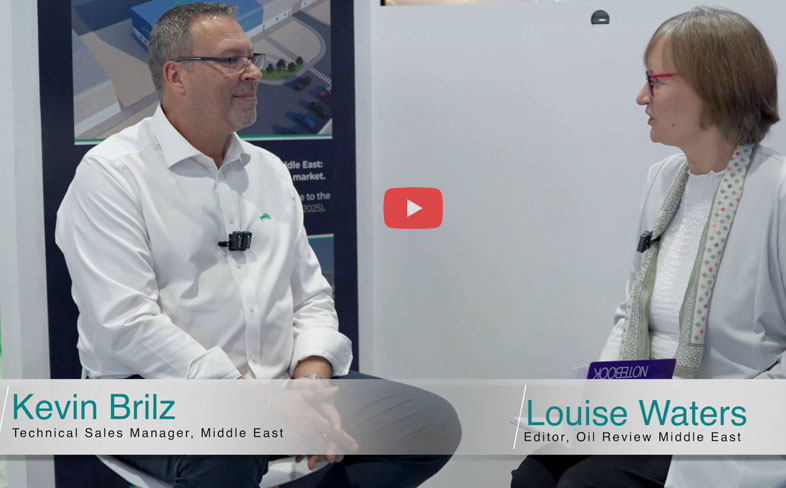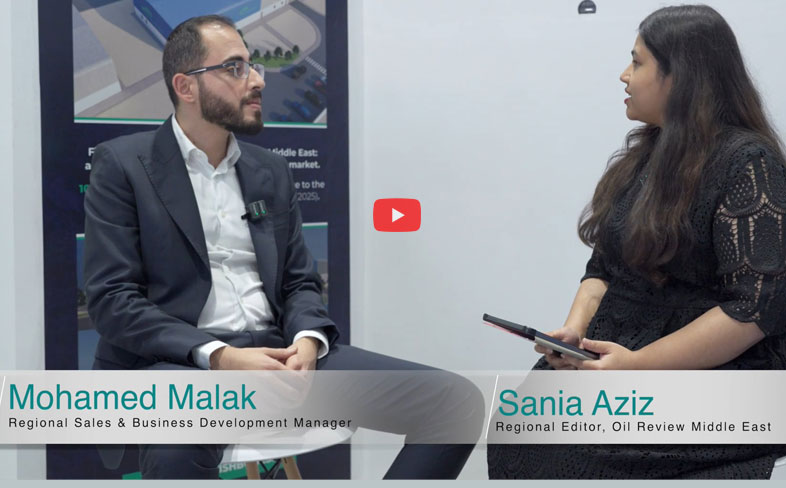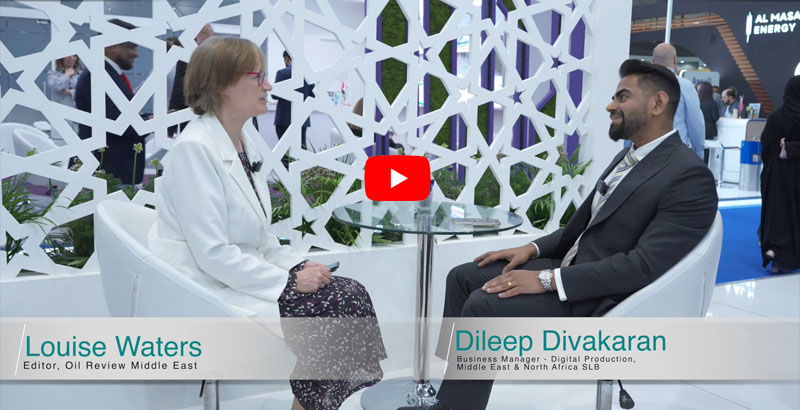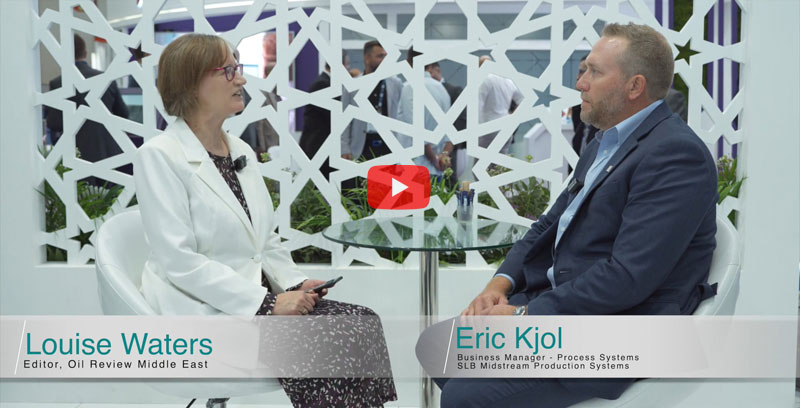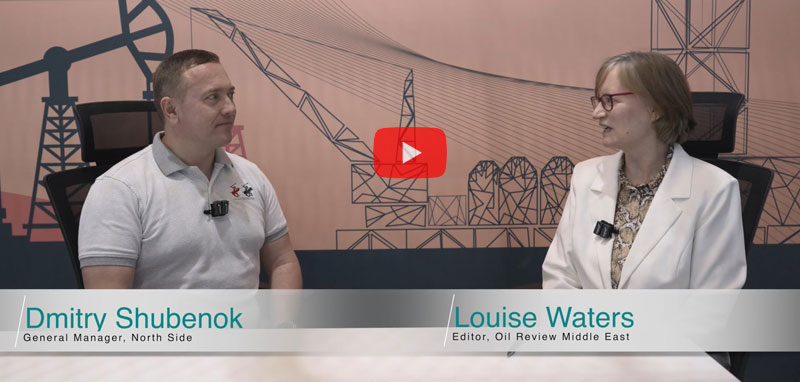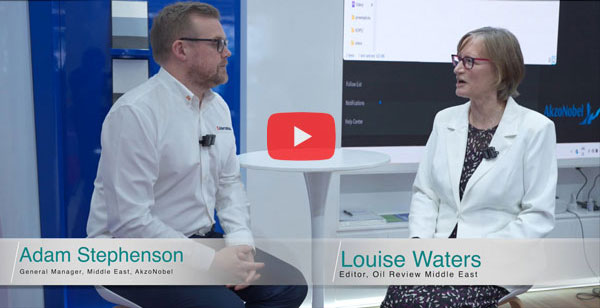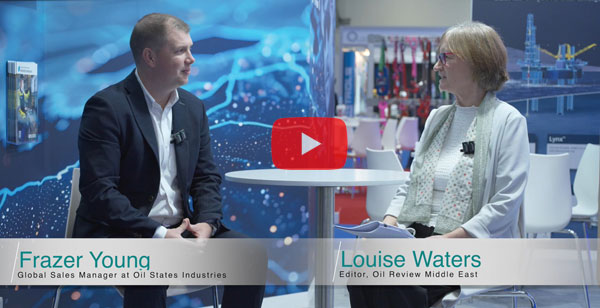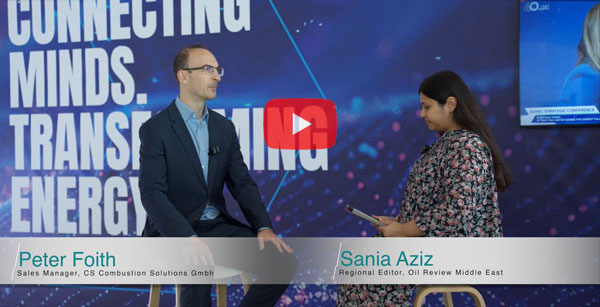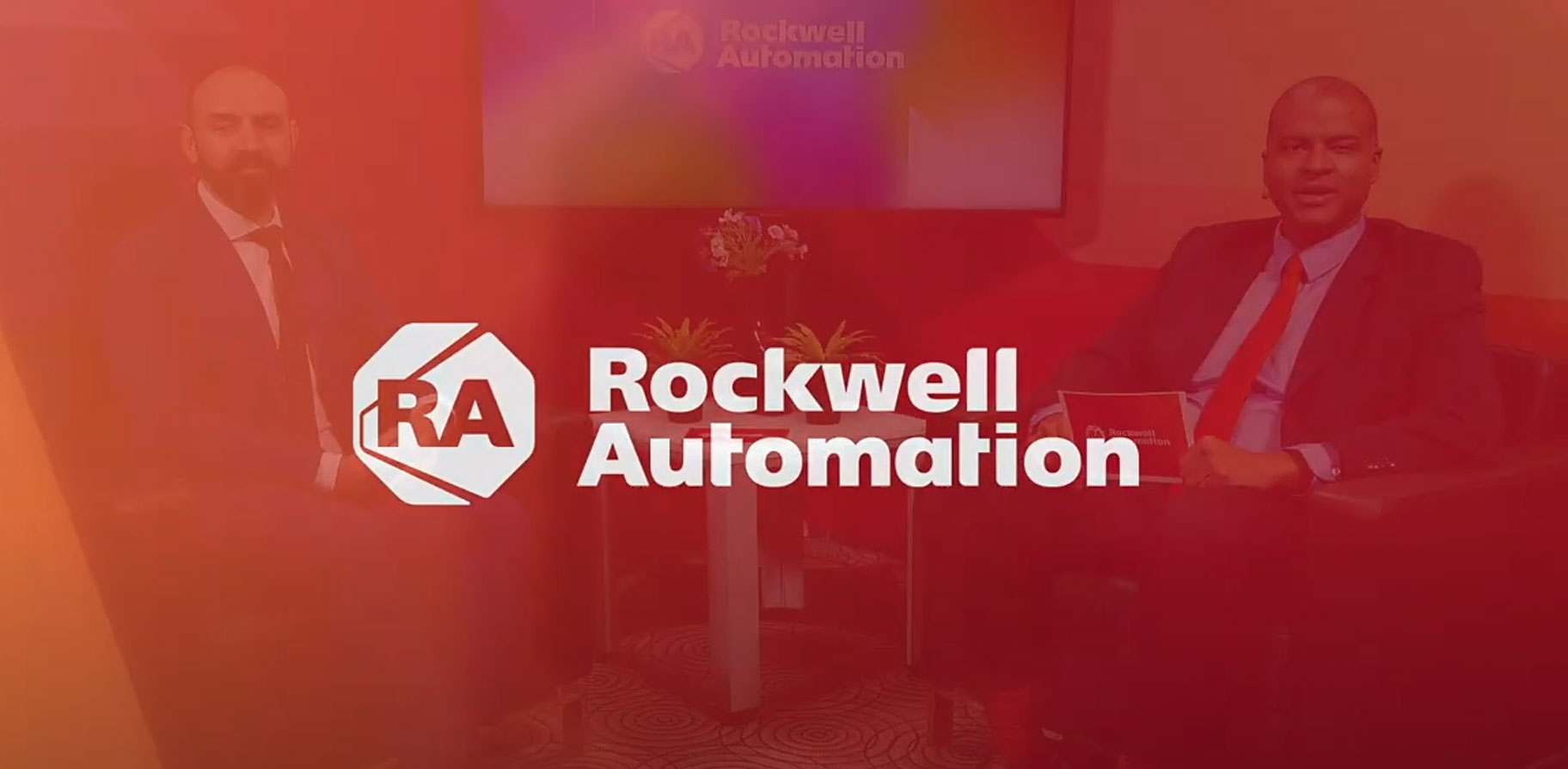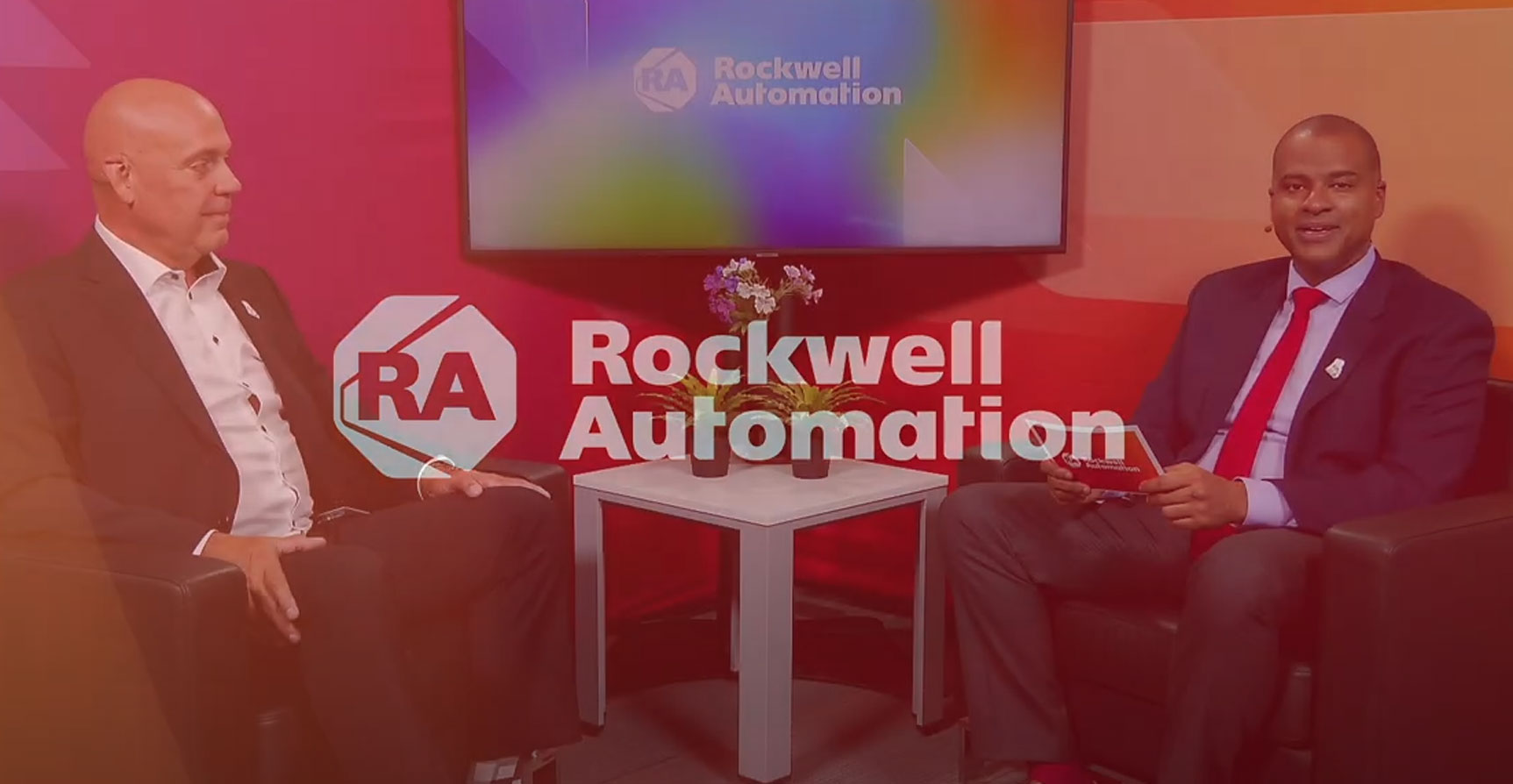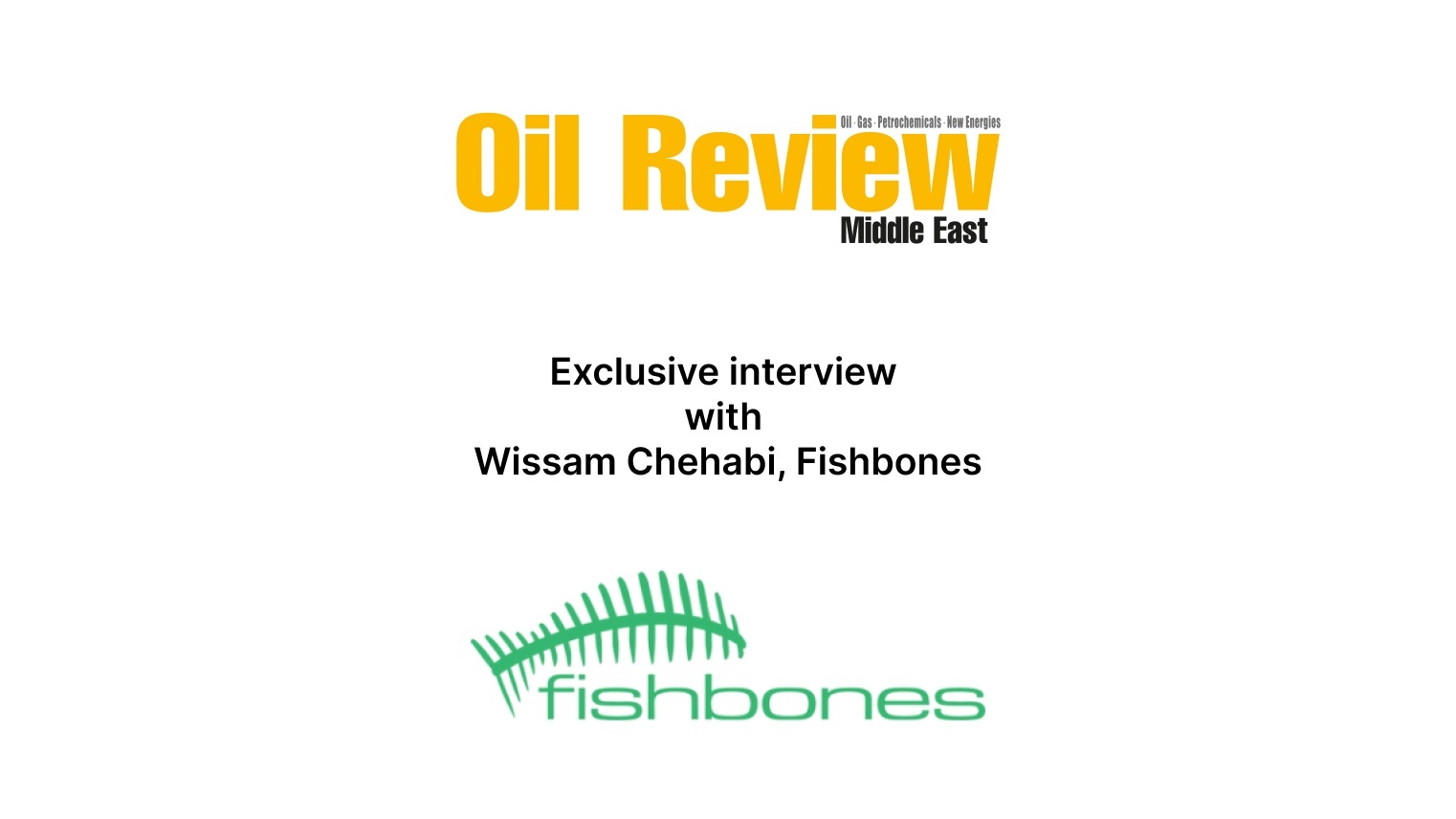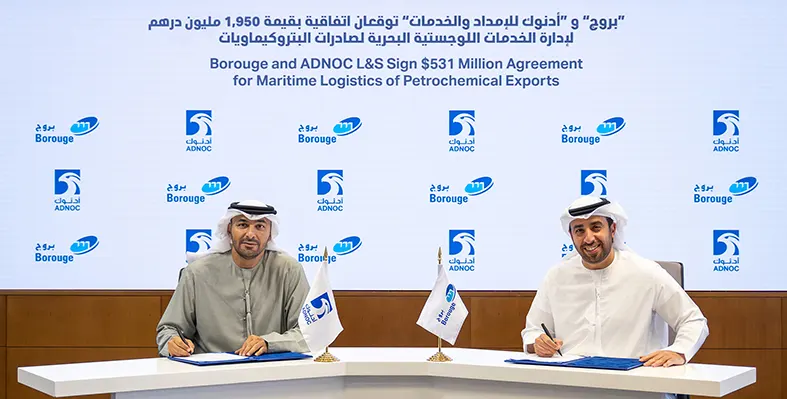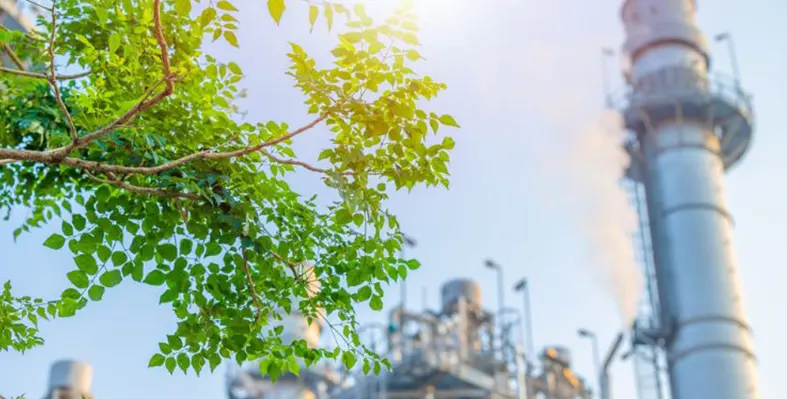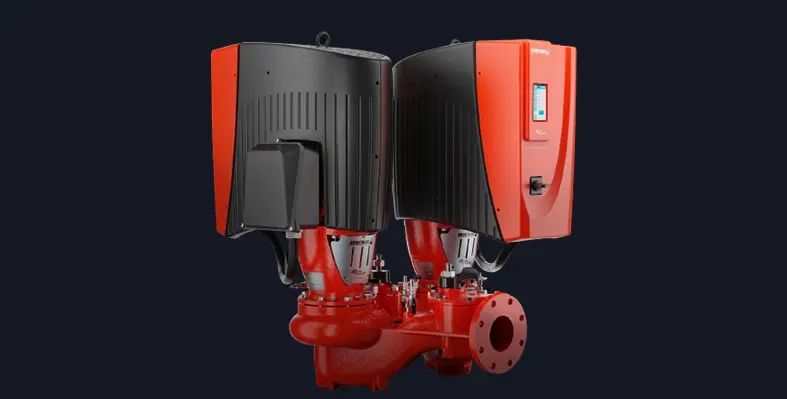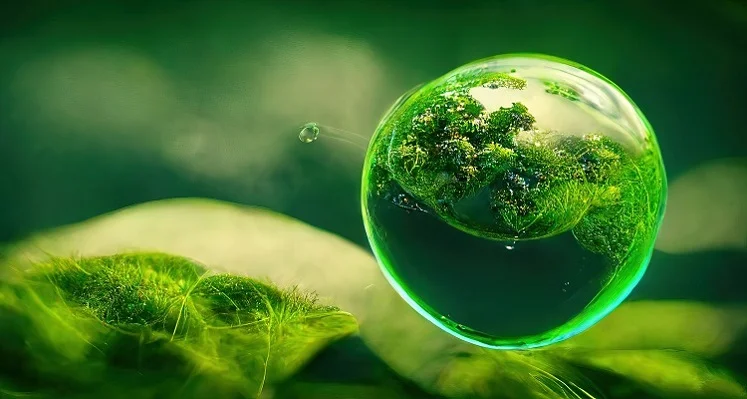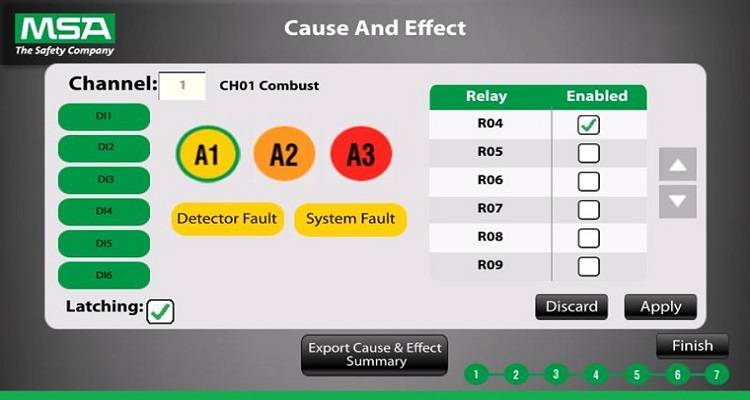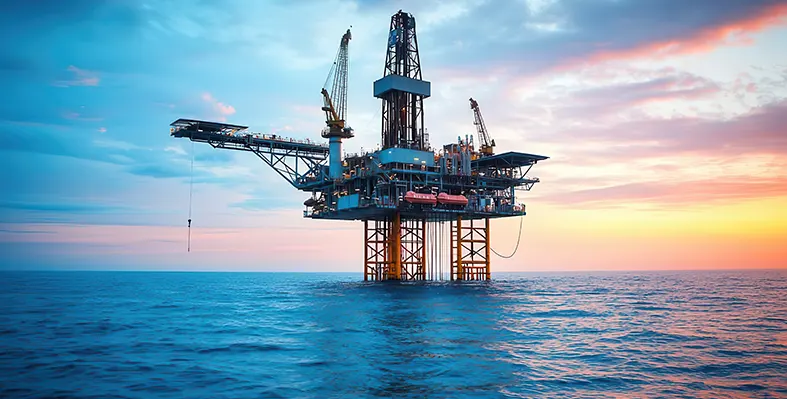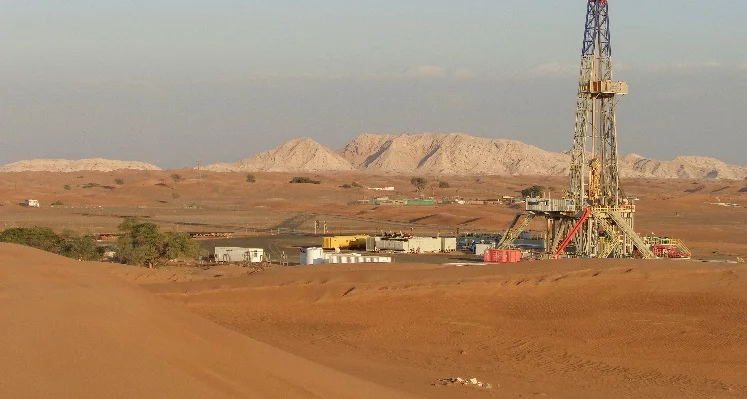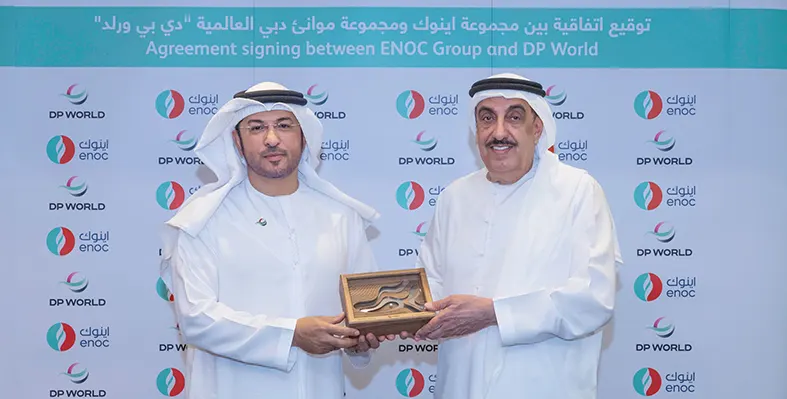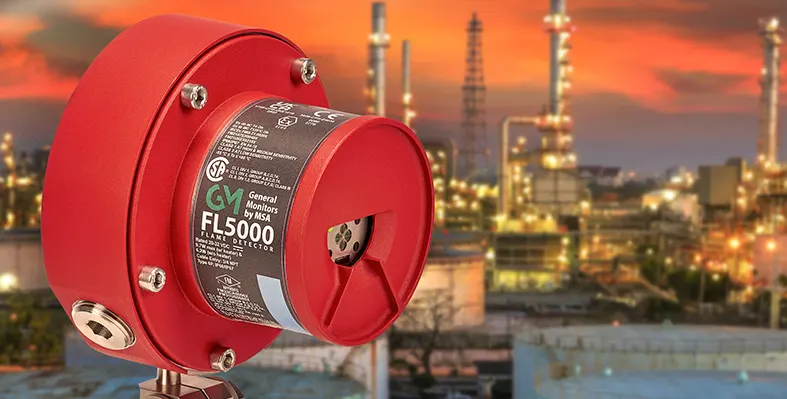Mohamed Zouari, general manager for the Middle East, Africa, and Turkey at global AI and data cloud company Snowflake, argues that the future of oil and gas hinges on integrating AI and data throughout the value chain
Energy, the driver of the global economy, is undergoing one of the largest shifts of our time, propelled by hundreds of trillions of dollars in global investment over the next 25 years. The Middle East, home to the world's lowest-cost producers and the largest reserves, is positioned at the heart of this transformation. According to OPEC, the region is forecast to provide nearly 60% of global oil exports by 2050.
Against this backdrop, Middle Eastern nations are embedding digital transformation in their national strategies. The UAE’s forward-thinking initiatives, like Masdar City, alongside Saudi Arabia’s giga projects under Vision 2030, illustrate the regional ambition to lead in innovation. With oil exports comprising about 30% of the UAE’s GDP alone, the stakes are high. Data and AI are emerging as vital tools in this evolution, enabling companies to modernise infrastructure, generate real-time insights, and align operational decisions with long-term business objectives. As energy companies navigate this landscape, data and AI are becoming critical enablers for growth, operational excellence, long-term resilience and informed strategy across the oil and gas value chain.
Navigating the digital age
While the opportunity is immense, oil and gas companies face several critical challenges on the path to transformation.
One major obstacle is the need to digitise ageing infrastructure. Decades-old grids and oil wells must now integrate with millions of IoT-enabled assets like wind turbines and solar panels, creating an influx of zettabytes of operational and information technology data that requires efficient ingestion, cleaning, and analysis to drive smarter, faster decision-making.
Extreme weather, geopolitical dynamics, and the variability of renewable energy sources are contributing to more volatile commodity markets. Stable long-term contracts signed with countries like China, Japan, and India offer some security, but sophisticated data analytics are crucial to managing financial exposure and mitigating risks. Enhanced by AI and ML, predictive models can now draw on both internal and external data sources to forecast price fluctuations and demand trends more accurately, helping companies navigate volatile markets with greater confidence.
Corporations now demand rigorous environmental, social, and governance (ESG) reporting, while consumers seek intuitive, tech-driven home energy systems. Energy service providers – from utilities to oil and gas firms – must be agile, transparent, and responsive or risk falling behind.
Compounding these challenges is the overwhelming volume of unstructured data, which now represents 90% of all data according to Snowflake’s Data Trends Report. Without a centralised, secure, and scalable data infrastructure, energy companies will struggle to extract actionable insights.
AI and data strategies in practice
Modern AI and data strategies are offering new pathways to navigate this complex environment. Organisations are moving beyond traditional data management toward platforms that can unify siloed information, enable seamless collaboration across ecosystems, and deliver near real-time insights at scale.
At the core of this transformation is the ability to bring together operational, financial, and customer data into a unified environment. By doing so, oil and gas companies gain a single source of truth that supports more informed decision-making across their entire value chain – from field operations to trading desks to customer-facing platforms.
AI is also fundamentally reshaping how companies approach forecasting, maintenance, and customer engagement. Machine learning models are increasingly used to detect anomalies in equipment performance, allowing for predictive maintenance that minimises costly downtime. In trading operations, AI-driven models help forecast commodity prices with greater accuracy, enabling companies to optimise their portfolios and manage risk proactively.
For personalised customer engagement, companies can leverage real-time customer data and generative AI capabilities to deliver tailored recommendations and intuitive energy management solutions, improving satisfaction and loyalty in a highly competitive market.
Organisations that focus on building robust data foundations are better positioned to drive tangible outcomes, from optimising asset utilisation to accelerating sustainability initiatives. Snowflake’s research shows that 92% of early adopters have already realised a return on their AI investments, and 98% plan to increase AI spending in 2025.
With AI’s contribution to regional economies forecast to grow between 20% and 34%, AI is becoming a blueprint for the next generation of energy operations. The ability to seamlessly integrate and analyse vast, diverse data sets in real time is becoming a decisive competitive advantage.
The next chapter
By embracing AI and modern data strategies, oil and gas companies can digitise operations, manage volatility, anticipate customer needs, and chart a course for long-term resilience and growth – a necessary shift as fragmented data infrastructures and talent shortages remain real hurdles.
In a world increasingly defined by energy transition, those who invest early in scalable data and AI capabilities will not just survive – they will lead. The region’s commitment to digital innovation positions it well to remain a global energy powerhouse well into the future.











